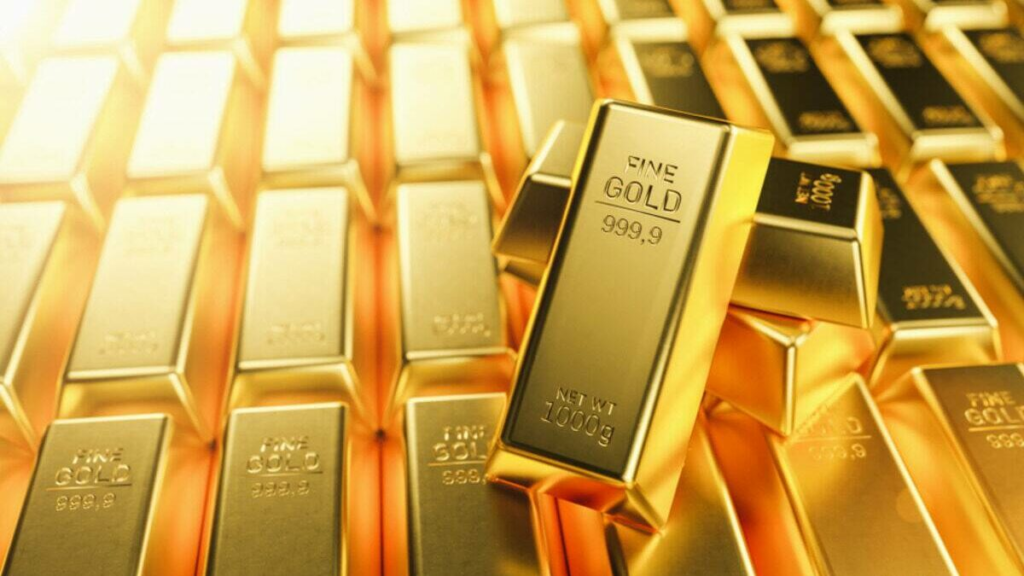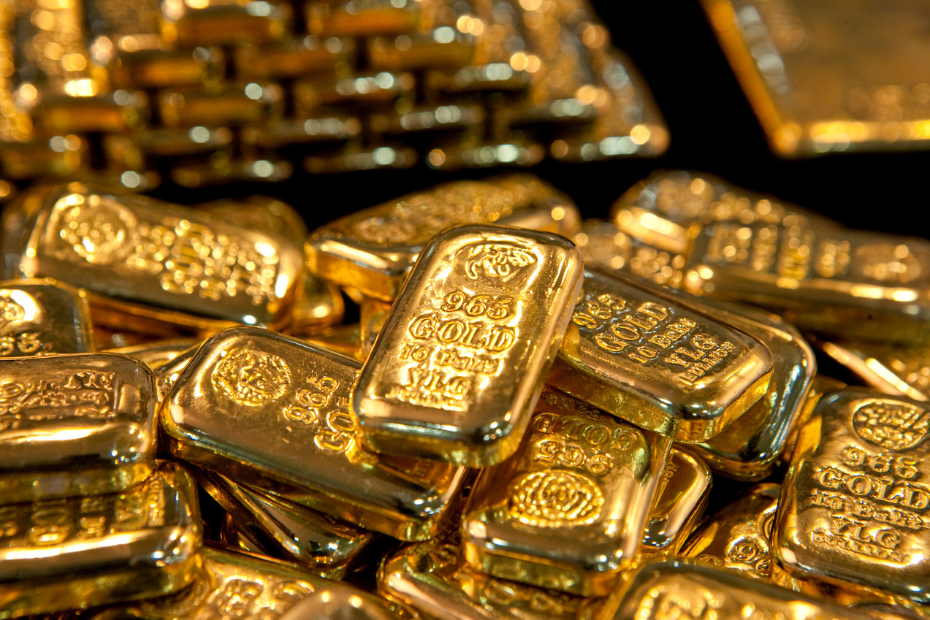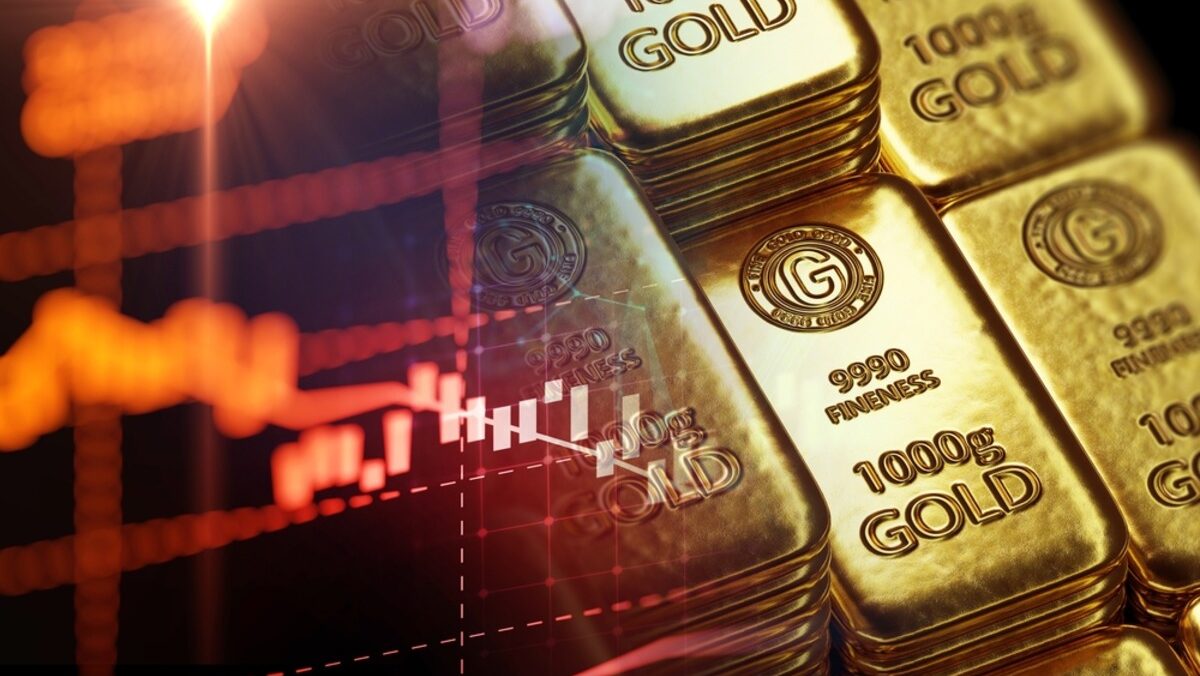Gold prices in the United Arab Emirates have recently surged to a record high, reaching Dh523 per gram. This notable increase reflects both local and international market dynamics, as investors seek safe-haven assets amidst growing global uncertainty. The rise in gold prices not only affects traders and jewelers but also has a broader economic impact, influencing consumer behavior and investment strategies across the country.
Global Uncertainty Drives Gold Demand
The surge in gold prices in the UAE is closely linked to global economic uncertainty. Investors around the world have been increasingly cautious due to fluctuations in currencies, rising inflation rates, and geopolitical tensions in several key regions. Gold, historically considered a safe-haven investment, tends to attract interest when financial markets face instability.
In recent months, global inflation has remained stubbornly high, prompting central banks in major economies to adjust interest rates. These adjustments often impact investor confidence, leading to increased demand for gold as a store of value. In the UAE, this trend has been mirrored by both retail and institutional investors, creating upward pressure on local gold prices.
Local Market Response to Rising Prices
Within the UAE, the reaction to rising gold prices has been swift. Jewelers report a steady increase in customer inquiries, with many buyers seeking to purchase gold as both an investment and a gift for upcoming festive seasons. Traditionally, gold holds cultural significance in the region, and festivals like Diwali, Eid, and weddings further boost demand.
The rise to Dh523 per gram marks a historic high for the UAE market. Traders indicate that this price surge is unprecedented, and while some consumers may hesitate to purchase at such levels, many view it as an opportunity to invest before prices climb even higher.

Factors Influencing the Price Surge
Several factors contribute to the upward trajectory of gold prices in the UAE. Firstly, the US dollar has seen periods of volatility, affecting the cost of gold in international markets. Since gold is globally traded in dollars, any fluctuations in the currency directly influence local prices.
Secondly, geopolitical tensions in key regions, including the Middle East, Asia, and Europe, have created uncertainty in energy and commodity markets. Gold, being a tangible and finite asset, benefits from this scenario as investors look for stability amidst unpredictability.
Thirdly, inflationary pressures in global markets have weakened investor confidence in traditional financial instruments like stocks and bonds. Consequently, there is a noticeable shift toward commodities, with gold taking the lead as a safe investment option.
The Role of the UAE as a Gold Hub
The UAE has long been recognized as a global hub for gold trading and jewelry. Cities like Dubai are internationally renowned for their gold markets, attracting traders, tourists, and investors alike. The country’s strategic location, tax advantages, and regulatory environment have made it a preferred destination for gold transactions.
With the recent price surge, the UAE’s gold market has gained even more attention. Both local and international buyers are monitoring trends closely, making the country an active participant in the global gold ecosystem. This attention strengthens the UAE’s position as a leading player in gold trading and investment.
Implications for Consumers and Investors
For individual investors, the rise in gold prices presents both opportunities and challenges. On one hand, buying gold during a period of rising prices can offer potential gains in the future. Investors who purchase now may benefit if the upward trend continues. On the other hand, those who delay purchases may face higher costs as prices climb further.
Consumers looking to buy jewelry also face similar considerations. Weddings, cultural celebrations, and personal milestones often motivate gold purchases. Rising prices may prompt buyers to act sooner, rather than risk paying even more in the near future. Jewelers, in response, have adjusted their strategies to meet growing demand while balancing inventory and pricing.
Gold as a Financial Hedge
One of the key reasons for gold’s enduring appeal is its role as a financial hedge. Unlike paper assets, gold maintains intrinsic value and is not directly impacted by corporate performance or interest rate changes. During times of economic turbulence, gold provides stability for investors seeking to preserve their wealth.
In the UAE, the latest surge underscores this role vividly. With uncertainty looming in global markets, investors have turned to gold to protect their portfolios. This trend is expected to continue as long as geopolitical and economic risks persist.
Cultural Significance of Gold in the UAE
Beyond its financial value, gold holds deep cultural importance in the UAE and the wider Middle East. Gold gifts are traditionally exchanged during weddings, religious festivals, and family celebrations. This cultural aspect adds another layer to rising demand, as buyers are motivated not only by investment considerations but also by tradition and social norms.
Jewelry shops often see peak sales around festive periods, and with the current price increase, the market is experiencing heightened activity. The combination of cultural and financial incentives creates a unique environment where gold continues to play a central role in everyday life.
Strategies for Investors Amid Rising Prices
For those looking to navigate the current gold market, several strategies can be considered. First, investors can diversify their portfolios by including gold alongside stocks, real estate, and other commodities. This approach mitigates risk while leveraging gold’s stability.
Second, timing is crucial. Monitoring market trends, global economic indicators, and local price movements can help investors make informed decisions. While predicting exact price movements is challenging, staying informed allows for better risk management.
Third, considering different forms of gold investment can be beneficial. Physical gold, jewelry, exchange-traded funds (ETFs), and gold accounts each offer unique advantages. Physical gold provides tangible ownership, while digital options offer liquidity and ease of transaction. Balancing these options according to personal goals is key.

Future Outlook for Gold Prices
Looking ahead, the outlook for gold prices in the UAE remains bullish. Analysts anticipate that continued global uncertainty, currency fluctuations, and inflationary pressures will sustain demand for gold. While short-term corrections may occur, the long-term trajectory points toward further gains.
Investors and consumers alike are advised to remain vigilant, keeping track of both international developments and local market trends. By doing so, they can capitalize on opportunities while minimizing potential risks.
Impact on the UAE Economy
The surge in gold prices also has broader implications for the UAE economy. Gold trading contributes significantly to the country’s revenue, employment, and international trade. As prices rise, local businesses benefit from increased activity in the gold and jewelry sectors.
Moreover, the inflow of international buyers enhances the UAE’s reputation as a financial and commercial hub. This economic ripple effect underscores the importance of gold not only as an investment asset but also as a key driver of economic growth and stability.
Expert Insights and Market Sentiment
Market experts in the UAE emphasize that the current price surge reflects a combination of global and local factors. Investors are advised to view gold as a long-term asset, rather than attempting to time the market for short-term gains. The sentiment among traders and jewelers remains optimistic, with expectations of continued strong demand in the near future.
Consumer confidence, while affected by price volatility, has remained resilient. Many buyers see gold as a secure investment that can hedge against inflation, currency risks, and other financial uncertainties. This confidence further fuels the upward momentum of gold prices.
Conclusion
The recent record high of Dh523 per gram highlights the UAE’s dynamic gold market, shaped by global economic trends, cultural traditions, and strategic local policies. As investors and consumers navigate this period of uncertainty, gold continues to provide stability, security, and opportunity.
Rising gold prices reflect a complex interplay of market forces, but they also reaffirm gold’s enduring appeal as both a financial asset and a symbol of cultural heritage. With continued demand and cautious optimism, the UAE’s gold market is poised to remain a central player in global investment trends, offering both protection and potential growth for all who participate in it.
In a world of unpredictability, gold shines as a beacon of security and prosperity, offering a tangible connection to wealth, culture, and confidence in the face of uncertainty.
Do follow Gulf Magazine on Instagram.
Also Read – Qatar Boosts Education with Multi-Year Licences for Private Schools



